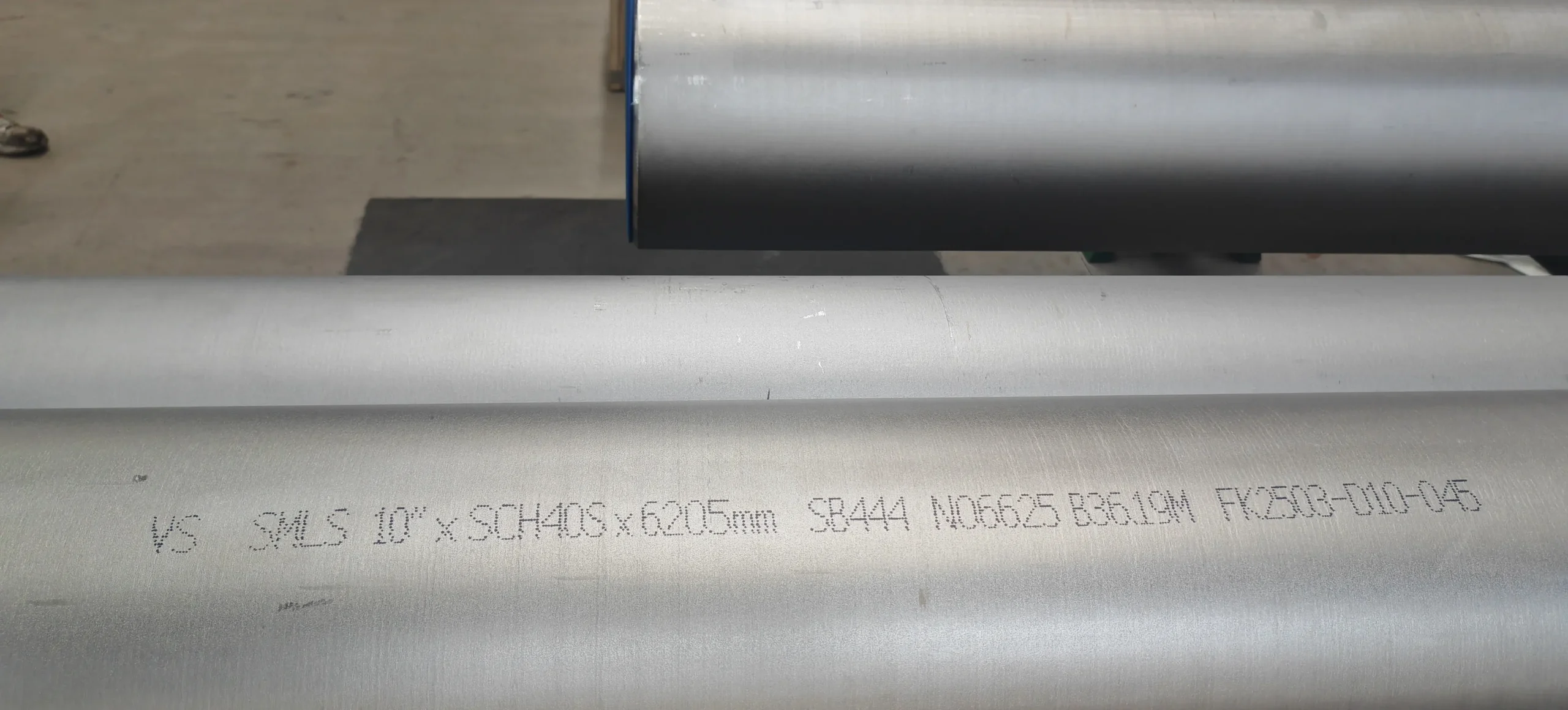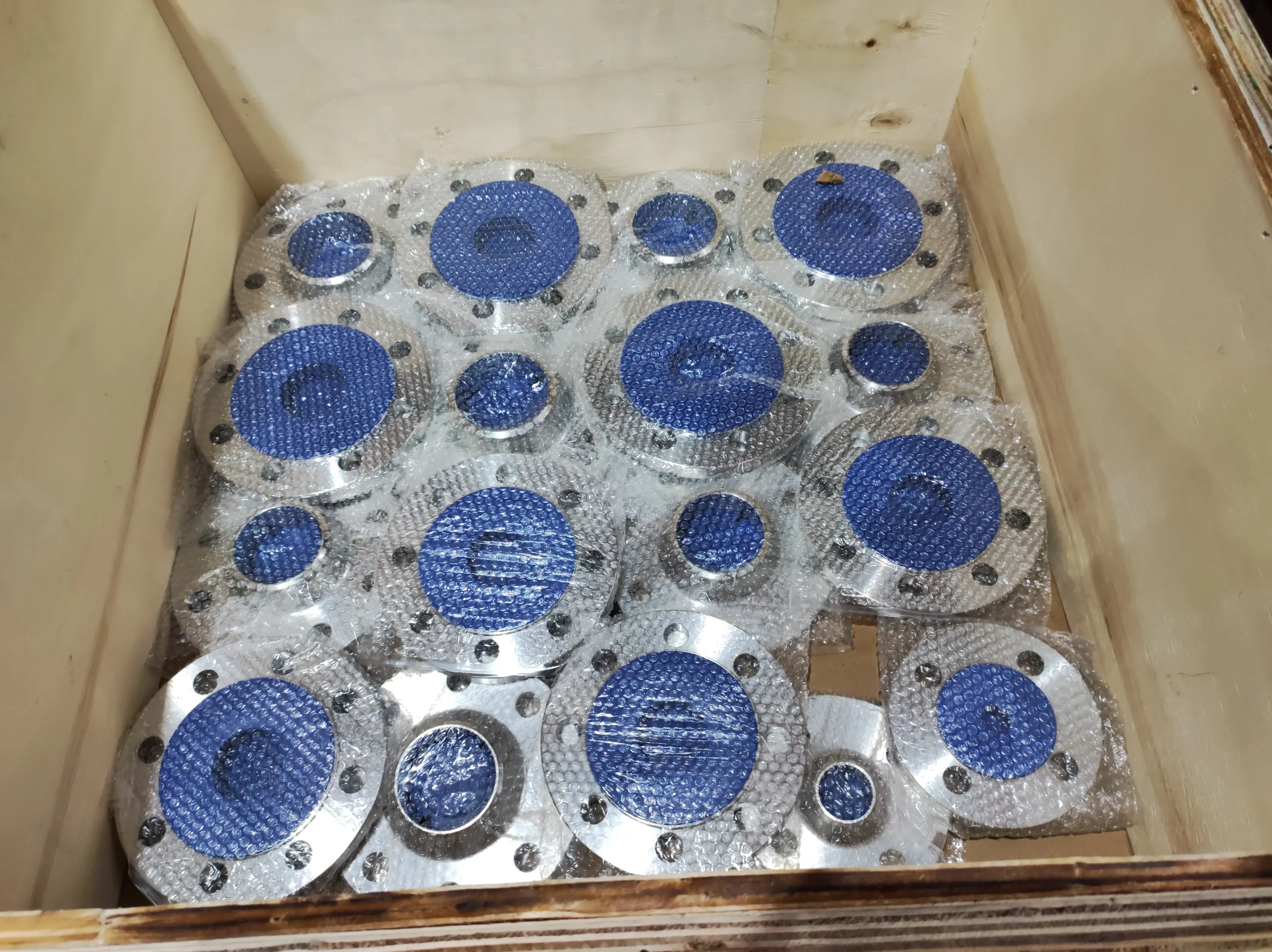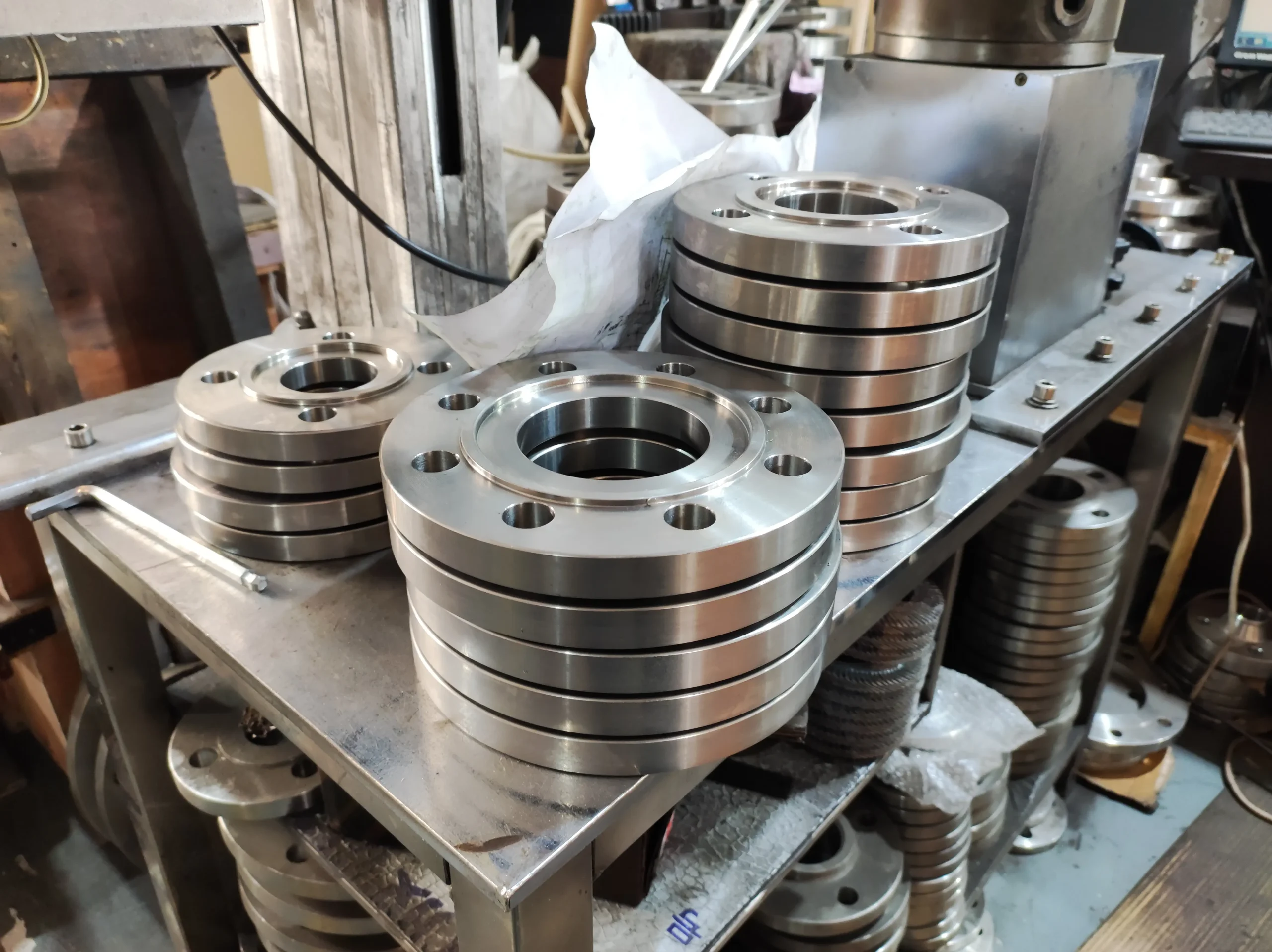¿Qué es la deformación por fluencia en el acero inoxidable? Es una cuestión crítica en tubería de acero inoxidable y ajuste Si su sistema funciona habitualmente a temperaturas extremas, el estrés constante puede provocar fallos graves.
¿Qué es la deformación por fluencia? Una amenaza lenta y constante
La deformación por fluencia es la tendencia de un material sólido a deformarse lentamente. Se produce bajo una tensión mecánica sostenida o por debajo del límite elástico del material. La mayoría de las veces se produce en condiciones de alta temperatura. Esta deformación aumenta con el tiempo y puede acabar provocando la rotura, un problema importante en aplicaciones de alta temperatura a largo plazo.
Factores clave que influyen en la deformación por fluencia
La fluencia depende de la temperatura. Por encima de la temperatura de homologación del material (aproximadamente 0,3-0,5 Kelvin por encima de su punto de fusión), la fluencia se vuelve muy pronunciada. A mayor temperatura, mayor velocidad de fluencia.
El material debe someterse a una carga constante inferior al límite elástico. Cuanto mayor sea el nivel de tensión, más rápida será la velocidad de fluencia. Esto conduce a un fallo más rápido del sistema de tuberías.
La fluencia es un proceso que depende del tiempo y la deformación aumenta con el tiempo. Una vida útil más larga requiere una mayor resistencia a la fluencia. Esto es fundamental para el funcionamiento continuo.
Las distintas aleaciones tienen diferente resistencia a la fluencia. La microestructura, el tamaño de grano y los elementos de aleación influyen. Los materiales que contienen molibdeno tienen mejor resistencia a la fluencia.
Entornos corrosivos puede exacerbar la fluencia, la oxidación o la carburación pueden reducir la capacidad de carga. Esto acelera el proceso de fluencia.
Etapas de la deformación por fluencia
| Escenario | Descripción | Tasa de deformación |
|---|---|---|
| Fluencia primaria | Tasa decreciente, transitoria | Ralentización |
| Fluencia secundaria | Tasa constante, estado estacionario | Estable |
| Enredadera terciaria | Aceleración del ritmo, necking, fractura | Aumento rápido |
Qué hacemos
Impacto de la fluencia en tuberías de acero inoxidable
| Impacto | Descripción | Riesgo para el sistema |
|---|---|---|
| Cambios dimensionales | Las tuberías se estiran, los accesorios se deforman | Desalineación, conexiones sueltas |
| Capacidad de carga reducida | El material se debilita con el tiempo | Riesgo de rotura bajo presión |
| Fisuración intergranular | Se forman huecos en los límites de los granos | Fugas, rotura repentina |
| Reducción de la vida útil | Fallo prematuro de los componentes | Aumento de los costes de sustitución |
| Peligros para la seguridad | Fugas de fluidos calientes o peligrosos | Lesiones personales, daños medioambientales |
Prevención de la deformación por fluencia en sistemas de acero inoxidable
- Elija una aleación resistente a la fluencia: Seleccione un grado de acero inoxidable conocido por su resistencia a la fluencia. Molibdeno-que contengan aleaciones (p. ej, 316, 316H, 310y aceros dúplex). Aleaciones con alto contenido en níquel tal como Incoloy 800H también son excelentes.
- Diseñado para reducir las tensiones: Reduzca las tensiones aplicadas, utilice espesores de pared mayores y aumente los puntos de apoyo. Diseño dentro de límites operativos seguros.
- Controle las temperaturas de funcionamiento: Mantenga las temperaturas por debajo de los umbrales críticos de fluencia o utilice sistemas de refrigeración eficaces. Esto es fundamental para prolongar la vida útil de los componentes.
- Adecuado tratamiento térmico: Garantizar que el material tenga una microestructura óptima. El recocido por disolución mejora las propiedades y aumenta la resistencia a la fluencia.
- Supervisión periódica: Implemente un programa de seguimiento de la deformación y realice pruebas no destructivas. Así se detectarán los primeros signos de fluencia.
Búsqueda de tuberías y accesorios de acero inoxidable fiables
Elija una fabricante con amplia experiencia en acero inoxidable y que conoce sus propiedades únicas. Esto garantiza unos resultados de moldeo óptimos.
Garantizar el rigor calidad controles, incluidos los controles dimensionales, etc. Verificación de la integridad de los materiales y informes de ensayos de materiales también son fundamentales.
Trabajar con fabricantes reputados que ofrecen productos fiables de acero inoxidable y tienen certificaciones(por ejemplo ISO 9001 y CE-PED).
Confirme siempre el grado exacto de la aleación. Solicite Informes de ensayo de materiales (MTR). Esto confirma la composición química.
Asegúrese de que las tuberías y accesorios cumplen las dimensiones requeridas. Esto incluye ASME B36.19 (tuberías) o ASME B16.9 (accesorios).
Estas aleaciones requieren una soldadura especializada. Asegúrese de que se utilizan los metales de aportación adecuados. Verifique que procedimientos de soldadura.
Algunas aplicaciones pueden necesitar tratamiento posterior a la soldadura. Esto puede incluir el recocido en solución. Esto restaura las propiedades.
Puede que también quiera leer:
¿Qué son los aceros inoxidables H y L? - Tubos dúplex
¿Qué es el carburo en el acero inoxidable? ¿Cuáles Son Sus Efectos En Tuberías Y Accesorios?
Degradación de materiales de acero inoxidable
¿Qué es el endurecimiento por envejecimiento del acero inoxidable?
Significado de las letras que siguen a los grados del acero inoxidable
Acero inoxidable frente a acero al carbono: ¿Qué es mejor para tuberías y accesorios?
¿Cómo ablandar el acero inoxidable? ¿Cuáles son las ventajas y los inconvenientes?
¿Qué es la sensibilización del acero inoxidable y cómo prevenirla?
Contacto
- RM901 No.22 Tangjiaqiao Road Wenzhou China
- +86 577 8551 1171
- [email protected]
- https://www.kaysuns.com/



